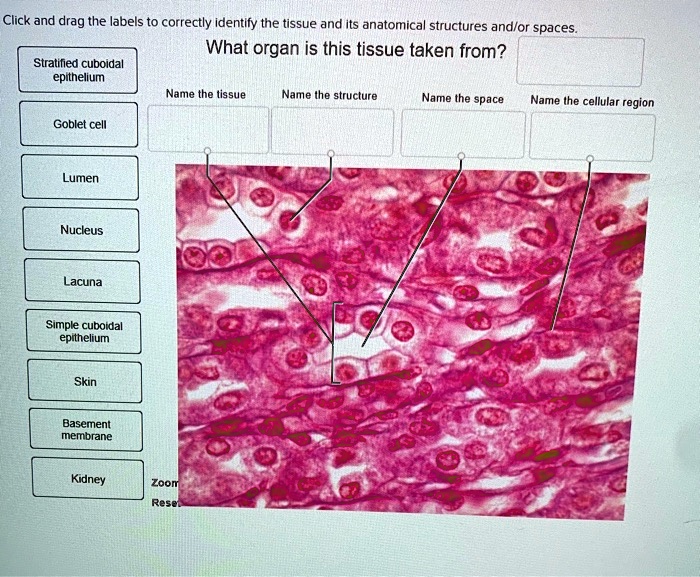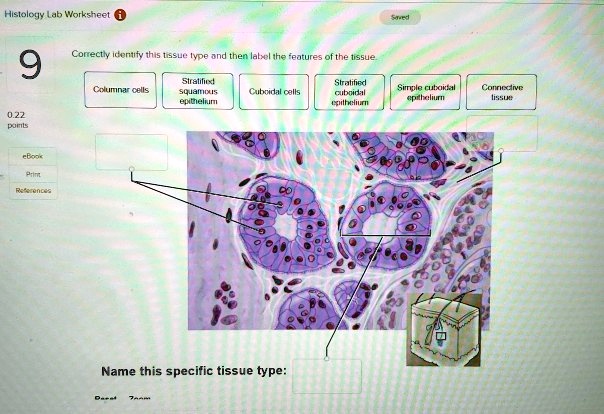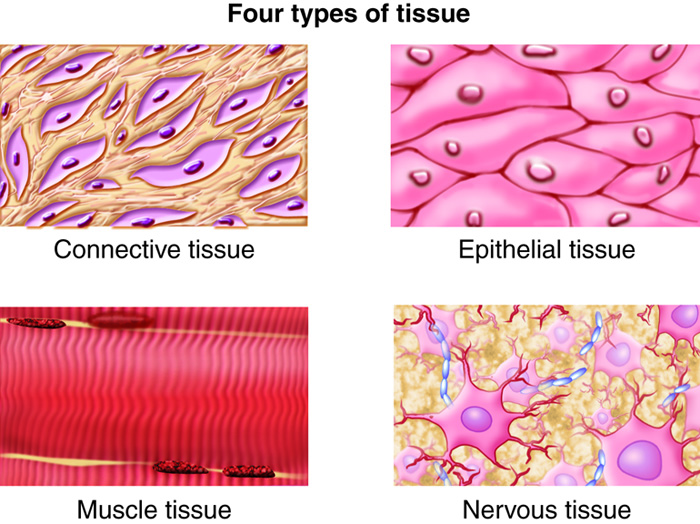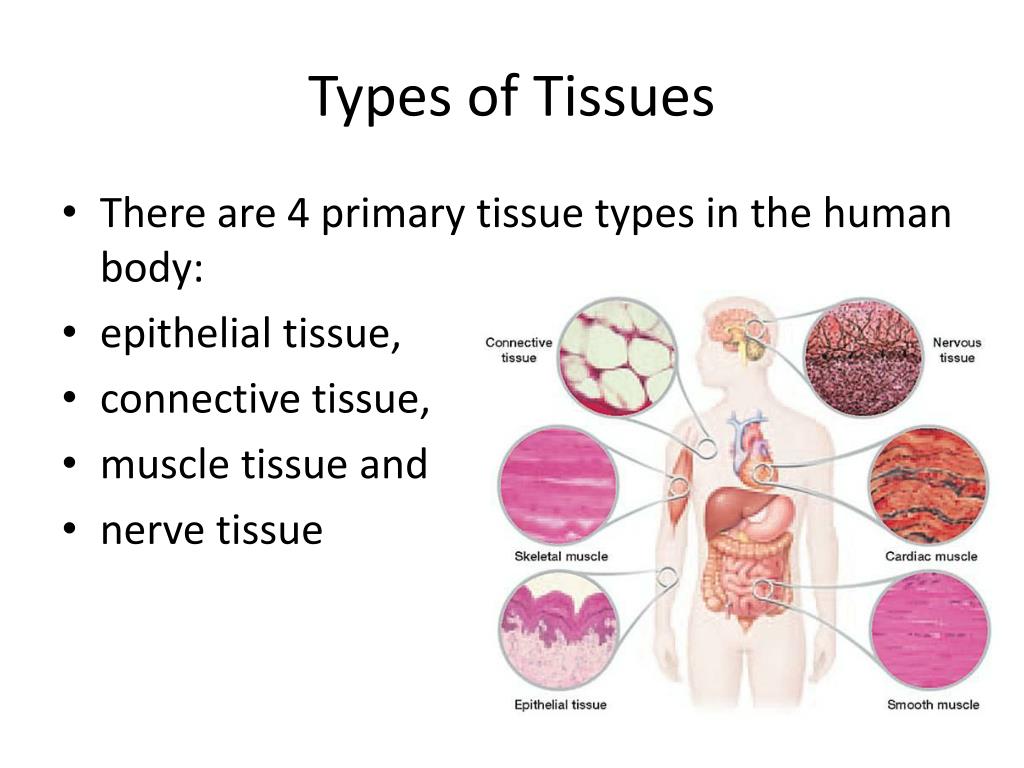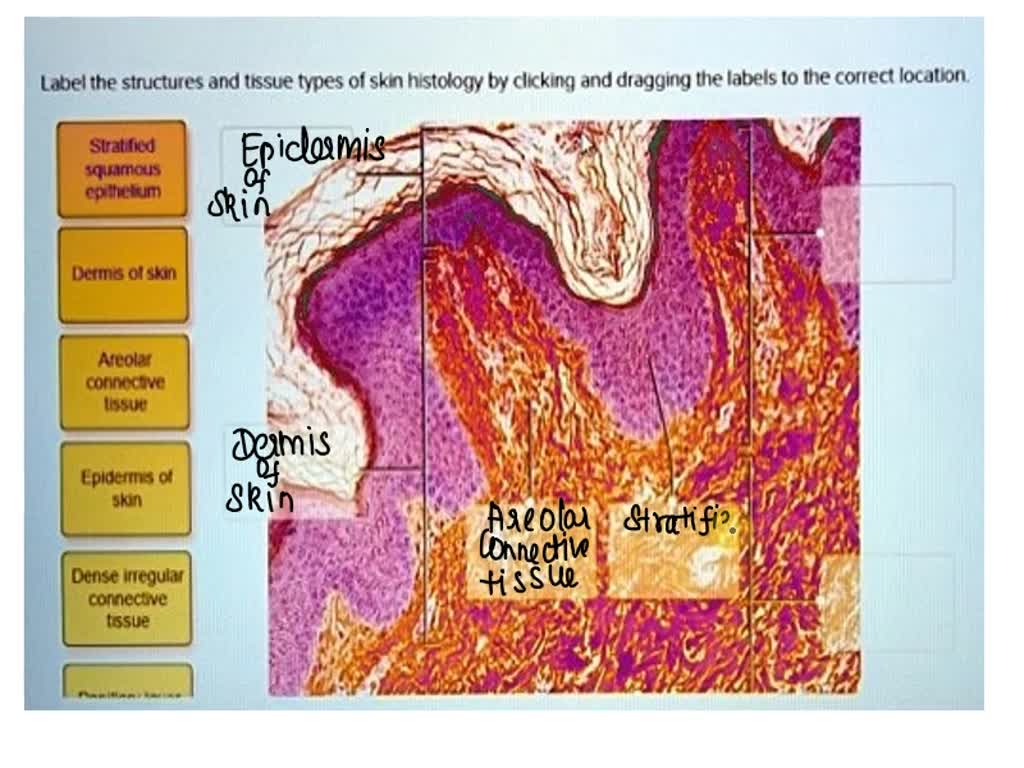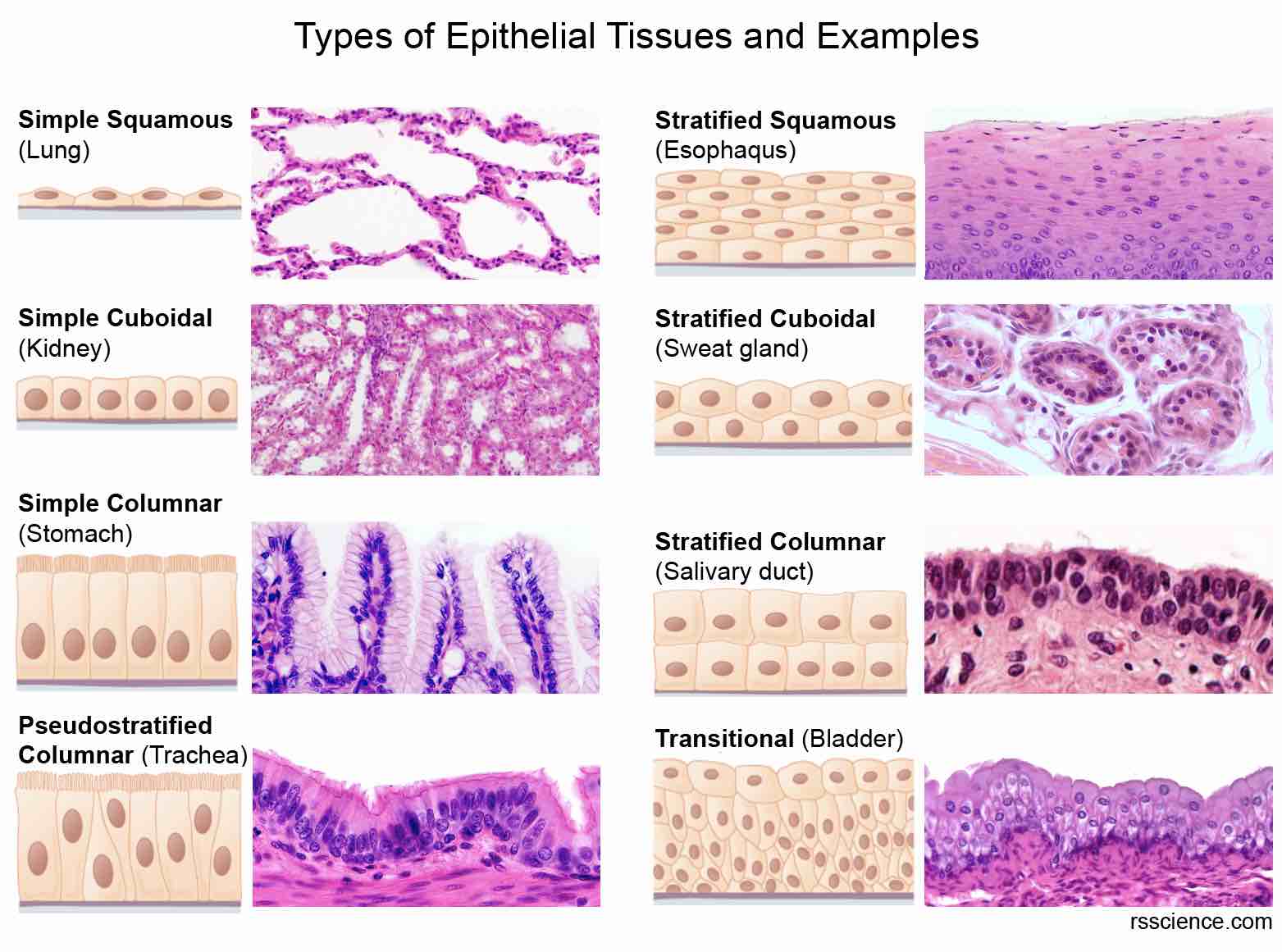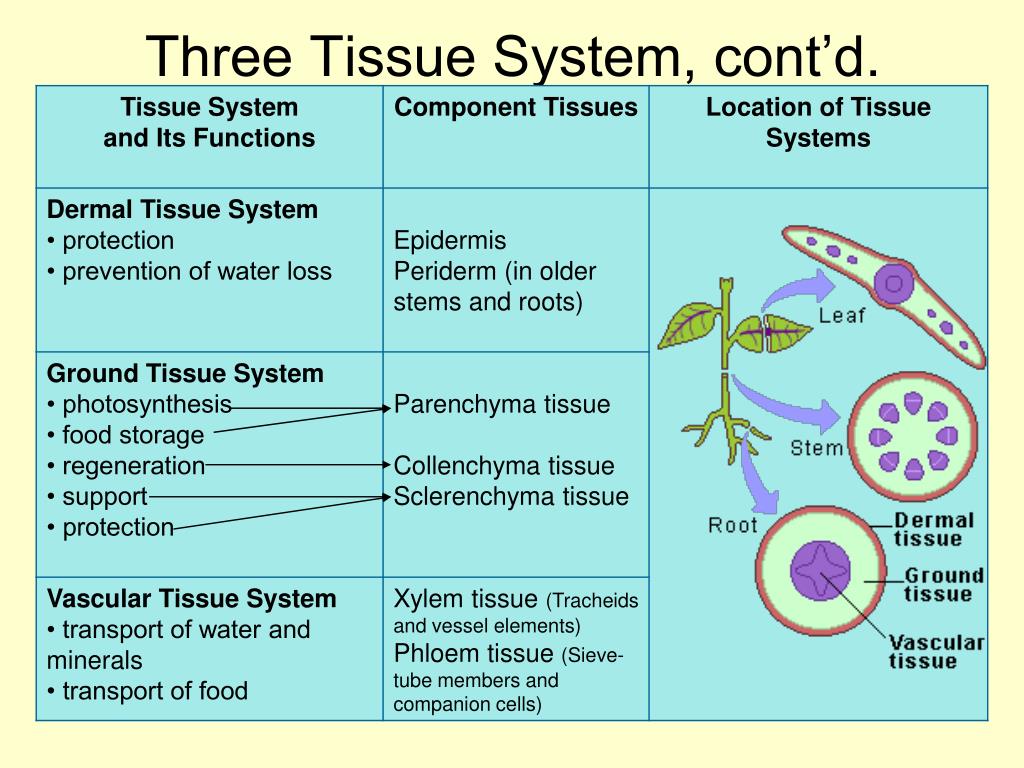Which Structure Is Correctly Paired With Its Tissue System

Urgent concerns have surfaced regarding widespread inaccuracies in educational materials and standardized tests, specifically concerning the pairing of biological structures with their corresponding tissue systems. This threatens the fundamental understanding of anatomy and physiology among students and professionals.
The issue stems from recurring errors identifying the correct tissue system associated with various anatomical structures. This article addresses the documented discrepancies, highlights the potential consequences, and outlines steps being taken to rectify the situation.
Widespread Errors Identified
Reports from educators and students nationwide indicate a significant problem: many resources misattribute tissue systems to specific structures. The epithelial tissue of the epidermis, for example, is sometimes incorrectly linked to the connective tissue system.
Similar errors have been noted with the association of nervous tissue within the brain. Instead of nervous tissue, these materials mistakenly label some areas as containing primarily muscle tissue.
These aren't isolated incidents. They represent a pattern across various educational levels and testing platforms.
Specific Examples of Mismatched Pairings
Consider the example of the small intestine. The small intestine contains epithelial tissue lining the lumen and forming villi, connective tissue that provides support, muscle tissue for peristalsis, and nervous tissue for regulating its function.
The sources wrongly attribute the small intestine as comprising predominantly muscle tissue. This is a dangerous simplification, neglecting the critical roles of the other tissue types.
Another problematic pairing involves the lungs. Although muscle tissue is present in the bronchioles to regulate airflow, it’s primarily the epithelial tissue of the alveoli responsible for gas exchange and connective tissue that maintains the alveolar structure.
Impact on Learning and Assessment
These inaccuracies have a direct impact on student learning. It creates a fragile understanding of core biological concepts that is harmful.
Students relying on these materials may fail to grasp the complex interplay between different tissues within an organ or system, leading to incorrect conclusions in future studies and professional practice.
Furthermore, individuals taking certification exams or medical licensing tests face the risk of answering questions incorrectly due to flawed information presented in study guides and practice tests.
The Role of Educational Institutions and Testing Boards
Educational institutions and testing boards are being called upon to address these discrepancies. Specifically, they are urged to verify the accuracy of their resources and assessment tools.
Many teachers and professors are beginning to revise their lesson plans, incorporating accurate representations of tissue-structure relationships.
The National Board of Medical Examiners (NBME) and similar organizations are under scrutiny to ensure their exam questions reflect current scientific understanding and avoid perpetuating errors.
Correct Tissue System Pairings: A Clarification
To clarify, here's a summary of some correct pairings:
- Skin (Epidermis): Epithelial Tissue
- Brain: Nervous Tissue
- Bones: Connective Tissue
- Muscles: Muscle Tissue
- Lungs (Alveoli): Epithelial Tissue
It's important to remember that most organs are comprised of all four tissue types to varying degrees, and their interplay dictates their function.
Ongoing Investigations and Corrective Actions
A coalition of scientists and educators is actively investigating the source of these widespread errors. The goal is to identify the root causes and propose systematic changes to prevent future inaccuracies.
They plan to audit commonly used textbooks and online resources, highlighting areas needing correction.
Furthermore, they are developing supplemental materials and training programs for educators to equip them with the knowledge and tools needed to teach these concepts accurately.
Conclusion: The Path Forward
Addressing these inaccuracies is crucial for the integrity of biological education and professional competence. Eradication of false information is paramount to the success of many people.
Immediate steps are being taken to revise educational materials and standardize testing protocols, ensuring students and professionals receive accurate and up-to-date information.
The ongoing investigation and corrective actions will continue to be monitored closely. These actions must continue to provide updates as the issue is resolved.
